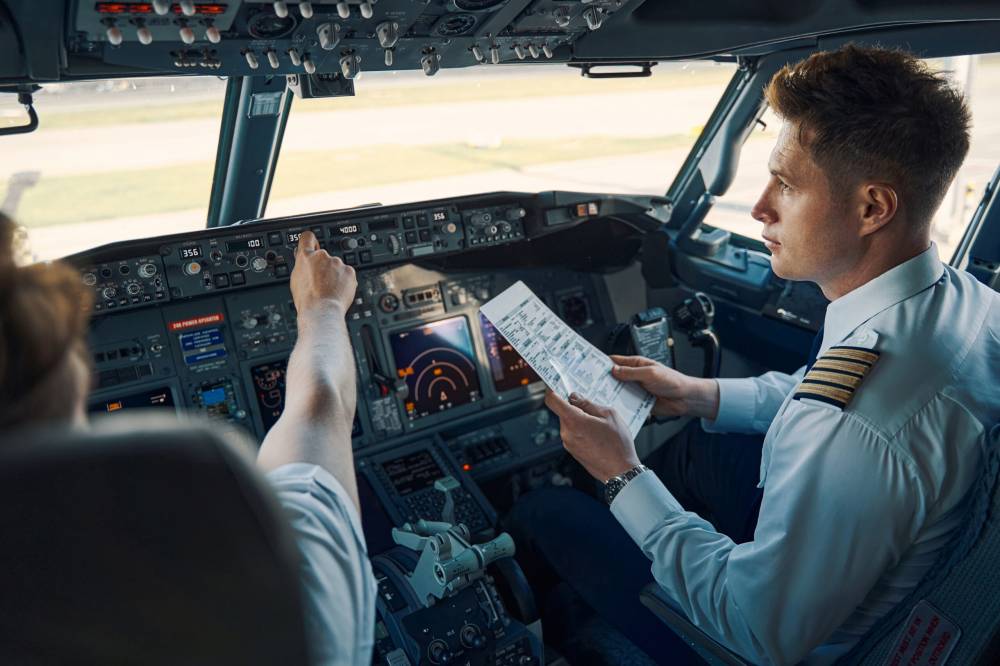The longstanding 1,500-hour rule, which mandates new airline pilots to have 1,500 hours of flight experience before joining an airline cockpit, is under scrutiny.
Senator Tammy Duckworth introduced a recommendation suggesting that new airline pilots should not only meet the 1,500-hour flight training rule but also ensure these hours cover specific categories.
There are rising concerns about how Duckworth's proposal would work in reality.
This recommendation, part of the ongoing discussions for the upcoming Federal Aviation Administration (FAA) funding bill, challenges the stance of the Regional Airline Association (RAA) and others, who have been pushing for modifications to the longstanding 1,500-hour rule. This rule mandates that potential airline pilots accumulate 1,500 flight hours before joining an airline cockpit, a standard that has received consistent backing from Democrats and pilot associations.
According to Duckworth's proposition, the 1,500 hours should comprise 900 hours of cross-country flying, 200 hours at night, 75 hours on instruments, and a significant 375 hours on the specific class of aircraft for which the pilot seeks a rating.
Highlighting the concerns about the quality of flight hours accumulated by aspirant pilots, Duckworth’s office emphasized that the bill aims to refine current regulations concerning aeronautical experience standards for pilot certification.
Critics of the 1,500-hour rule, including the RAA and past FAA administrators, argue that the stipulation leads to pilots spending excessive time on smaller planes, leaving them inadequately prepared for larger passenger aircraft operations. Furthermore, they believe this rule exacerbates the pilot shortage, benefiting only existing pilots. The RAA suggests counting structured airline training and additional simulator hours towards the 1,500-hour total.
While the practical implications of Duckworth's proposal remain a topic of debate, some experts believe it could further complicate the journey for new pilots, potentially mandating more hours under challenging conditions or in pricier aircraft.
Responding to queries about the potential financial implications, Duckworth's office refrained from commenting. However, the RAA voiced hopes that the senator's bill indicates a growing realization that the current 1,500-hour mandate isn't fulfilling Congressional intentions.
The Allied Pilots Association (APA), which represents pilots from American Airlines, is currently scrutinizing the proposed measure. Although the association reserved comments on the specifics, they did acknowledge potential challenges, especially concerning instrument-flight-time requirements. Yet, they appreciate Duckworth's aim to elevate pilot experience standards.
Interestingly, the US stands out globally for its insistence that new commercial pilots have 1,500 flight hours under their belt before securing airline positions. Advocates argue that this 2013 rule plays a pivotal role in maintaining the safety of US airline travel.

